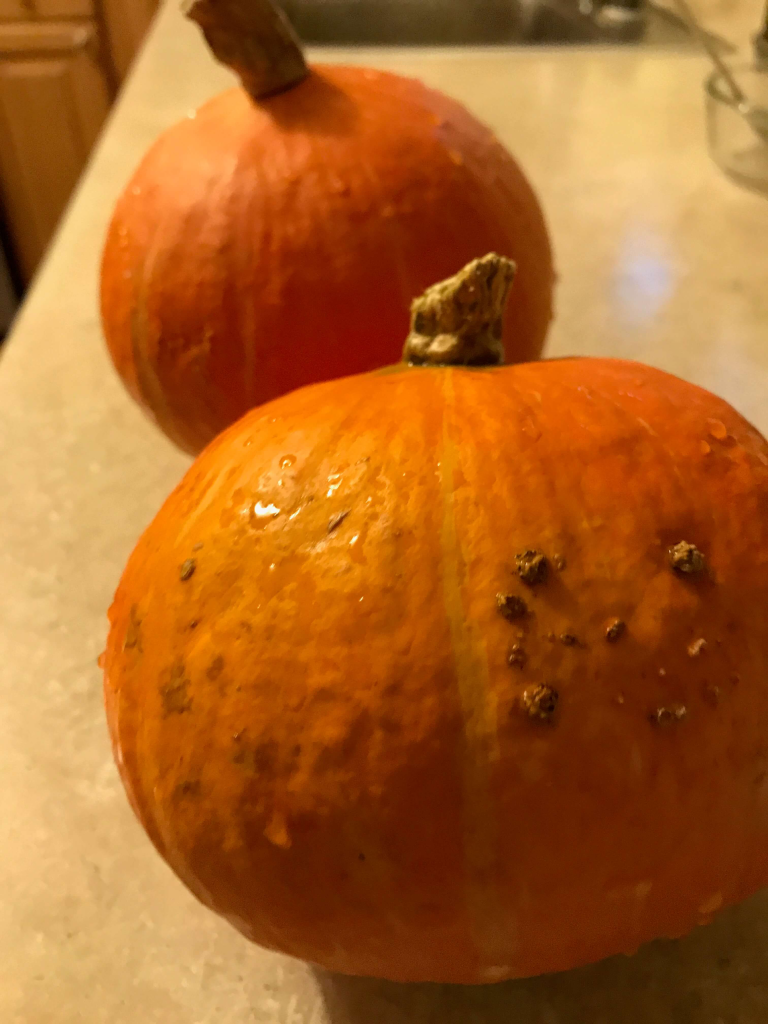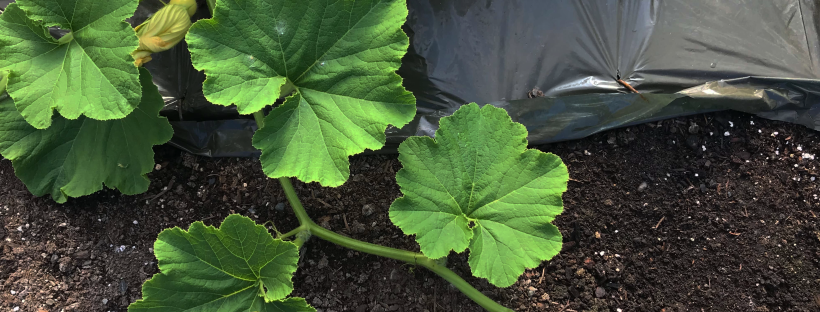In their natural state, some pumpkins and squash have an incredible scent nearly the opposite of pumpkin spice.
Their flowers and flesh exude a floral fragrance, kind of like gardenia, lilac or jasmine.

It doesn’t matter if you are inhaling a blossom in the summer, or steaming chunks in the winter. You might get intoxicated. You might even start humming Lilac Wine while making dinner. None of that has ever happened to me, of course.
I’m not alone, others have noticed the sweet and heady smell of some pumpkins and squash. Alas, I have not yet discovered a scholarly review of the fragrance of winter squashes or their relatives in the global Cucurbitacea family.
Pumpkins and squash are in the genus Cucurbita which is dominated by three main species, C. maxima, C. moschata, and C. pepo. All of these plants originated in the Americas and were spread around the world after first contact by white Europeans. More than half of the world’s cucurbit production is now in India and China.
I’ve grown all three species in Anchorage, Alaska, and so far, I’ve only noticed a strong floral fragrance from Cucurbita maxima. More specifically, from the Chinese kabocha cultivar, Eastern Rise, which I’ve been growing for two years.

I’ve sniffed but haven’t noticed a strong floral scent emanating from any of my Cucurbita pepo plants. This species includes summer squashes, gourds, and many other varieties.
I’m not surprised that my C. maxima flowers smell so good. According to Deborah Madison, the maxima group, including Buttercups, Hubbards, Kabocha, and Red Kuri, have some of the sweetest, most delicious flavor.
Per my taste buds, the seedy flesh from the bulb-shaped ends of Tromboncino squash, a C. moschata cultivar, has a delicate melon scent. The flesh isn’t quite as sweet as a melon, but it is easy to cut up raw and eat like fruit. Butternut squash is a moschata cultivar, too, but I’ve never sniffed it or eaten it raw!
Finally, I’ve grown an Asian plant in the Cucurbitacea family with flowers that smell even more intoxicating than my kabocha.
I’m referring to bitter melon (Momordica charatia) which has rather small and delicate flowers. Only a couple blossoms will make a greenhouse smell divine. Just don’t expect the flesh to smell or taste any bit similar.
Readers, have you noticed the floral smell of certain cucurbits? Please help me feel less alone by sharing your observations in the comments.
